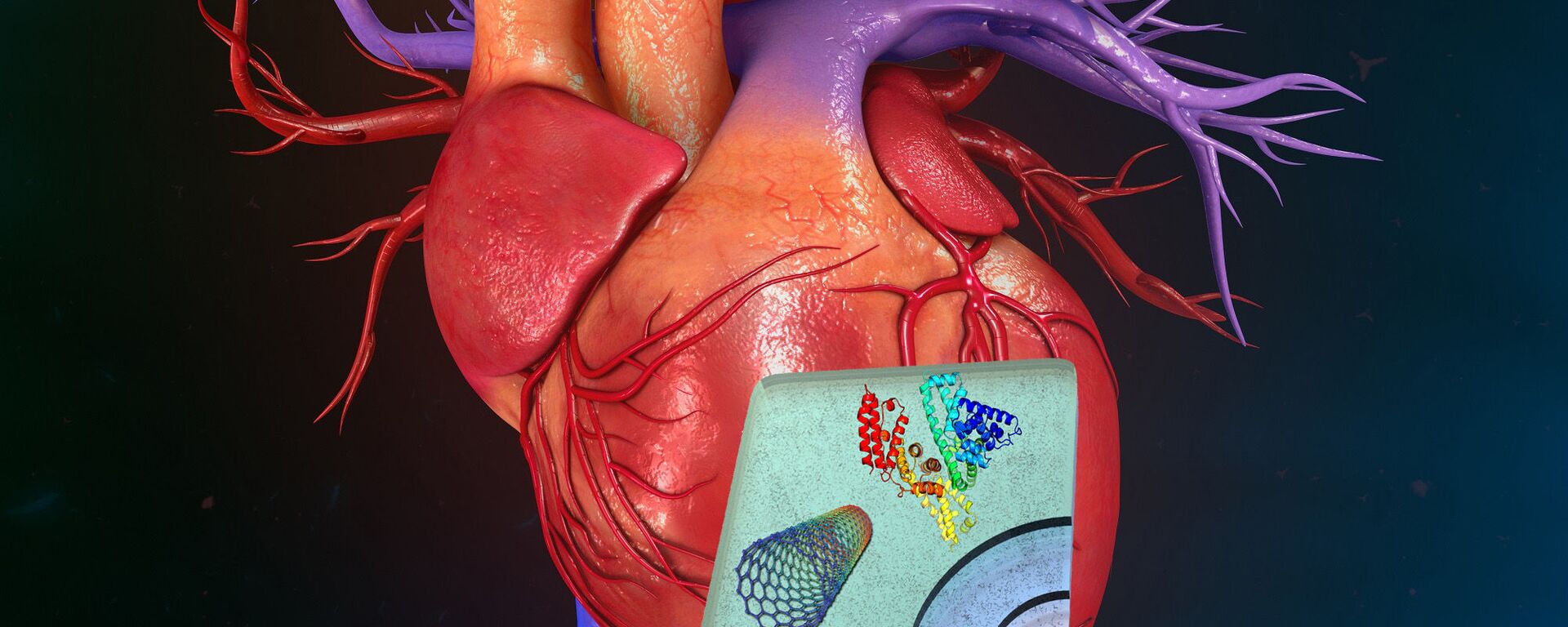‘Holy Grail’ of Physics: Scientists Take First-Ever X-Ray of Single Atom

CC0 / /
Subscribe
Scientists have for the first time taken an x-ray of an atom, the smallest particle that can take part in chemical reactions. The technique allows them for the first time to identify a single atom’s chemical state, including whether it is part of a solid, liquid, or gas, and if it’s bonded to other atoms.
Ohio University professor Saw Wai Hla, the lead author of a study published in Nature on Wednesday, explained that scientists have long been able to image individual atoms with scanning probe microscopes, but not identify their composition.
“Now, we can precisely identify the type and chemical state of a specific atom, one atom at a time,” they said in a news release. “Once we can do that, we can break down materials to their ultimate limit of a single atom. This will greatly influence environmental and medical sciences, potentially leading to cures that could drastically impact humanity. This discovery will transform the world.”
To accomplish the feat, scientists at the Argonne National Laboratory in Illinois custom-built a synchrotron instrument for synchrotron X-ray scanning tunneling microscopy that could image a single atom - typically, such devices image atoms by the tens of thousands at a time.
“The technique used, and concept proven in this study, broke new ground in X-ray science and nanoscale studies. It could revolutionize research and give birth to new technologies in quantum information and the detection of trace elements in environmental and medical research,” said co-author Tolulope Michael Ajayi, a Ph.D. student at Ohio University.
The scientists said the new technique, which they’ve called “X-ray excited resonance tunneling or X-ERT,” has numerous applications, including greater understanding of the workings of rare-earth metals like those used in electronic devices.
X-rays were discovered in 1895 by Wilhelm Röntgen, who initially named it x-radiation because it was a mystery. The highly energized rays are a form of electromagnetic radiation with a wavelength beyond that which is visible to human eyes, with a wavelength roughly between ultraviolet and gamma radiation.
They were almost immediately recognized for their immense medical applications, but they also became key tools in astronomy and other fields, despite the increased risk of cancer that came from exposure.


